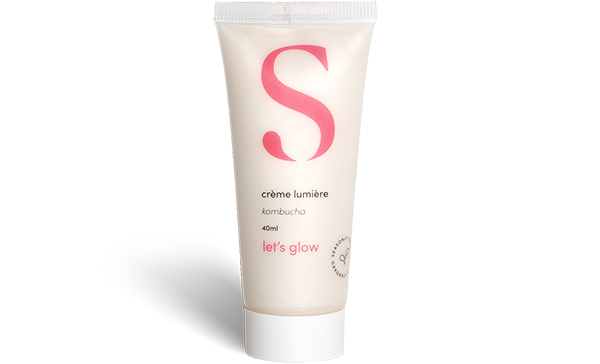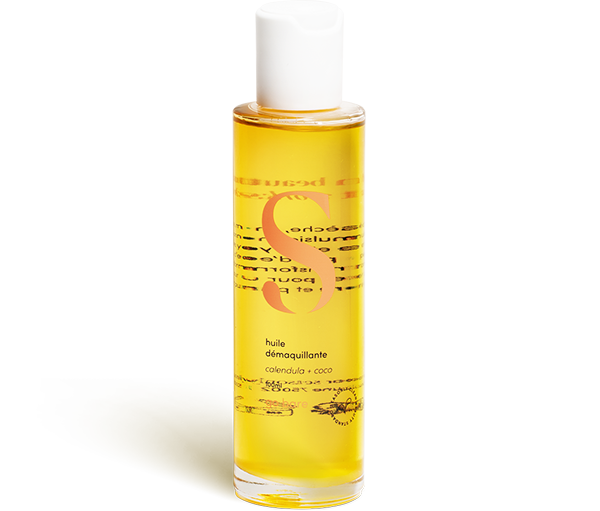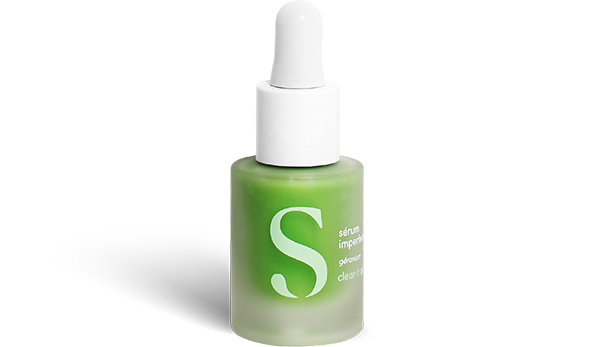We’re here to help you decipher the different types of (chemical) exfoliating acids out there. Sensitive skin types, please don’t close this browser/please feel free to keep reading, as there are definitely acids suitable for fragile skin. It’s just a matter of knowing which one is right for you (and your skin).
If acids are new to you then it’s totally normal if you’re wondering what all the fuss is about. So here goes...Your skin is made up of a large number of skin cells that renew themselves every 30 days or so. During this time, the cells pile up and gradually rise to the surface of the skin. This is why your complexion can become dull, pores can become clogged, or skin texture can become rough and start peeling. Enter, chemical exfoliation! Regular exfoliation speeds up the cell renewal process while also getting rid of old skin cells - because nobody needs dead weight. Exfoliation also allows for better collagen production, important for keeping skin nice and elastic, and the optimal absorption of skincare products, as well as a more even skin texture and complexion. The bottom line? Exfoliation is a must in your skincare routine.
Next, it’s important that you know about the two types of exfoliation that exist. Mechanical exfoliation is more commonly known as a face scrub. It is usually composed of "grains" that exfoliate the skin by creating a friction effect. The long term risk with mechanical exfoliation is that it can damage the skin barrier and make your skin more sensitive. Whereas chemical exfoliation, a.k.a. our favorite type of exfoliation, involves the use of active ingredients that penetrate your skin in order to remove the dead cells, without being abrasive/without doing any harm.
Here’s where it starts to get technical (stay with us): AHA, BHA, PHA, what do they stand for? Well, they are all hydroxy acids (from their scientific name) and they can be divided into three separate categories.
AHA (Alpha Hydroxy Acids)
There are several types of AHA acids, and you can discover the most well-known below.
Glycolic Acid
The most effective out of all the AHAs, glycolic acid comes from sugar cane. It’s a particularly great active ingredient because of its small molecular size, which means that it can go pretty deep into the skin for better exfoliation. Glycolic acid has a visible effect on skin texture and radiance while also regulating sebum production. That’s why we made it one of the key acids in our Radiance Peeling Mask, a face mask that helps to renew skin without damaging it.
Lactic AcidThe gentlest of all the AHAs, lactic acid is made by fermenting milk or certain fruits and is great for sensitive skin. The key role of lactic acid is that it helps skin to better hold onto moisture. You can find it in our Radiance Peeling Mask as it complements glycolic acid very well and transforms your complexion from dull to radiant!
Mandelic Acid
This acid works on the skin’s surface to reduce the risk of irritations. Mandelic acid is obtained from the almond fruit and also helps to reduce hyperpigmentation while unifying the complexion. You can also find AHAs You can find this acid in our latest offering, Light Up Toner, which is for those of you looking for an instant glow and/or to smooth out your skin texture.
BHA (Beta Hydroxy Acids)
Salicylic Acid
We can confidently say that this one is the best known BHA. It is efficient in the war against blackheads and is therefore best suited to combination skin that can experience acne breakouts. At Seasonly we have chosen not to use salicylic acid in our products. Why? Because the jury is still out on whether it is an endocrine disruptor or not. If it is, then it could interfere with the body’s natural hormones.
PHA (Poly Hydroxy Acids)
PHAs are an acid group with a larger molecular size. This means that they focus on the skin’s surface instead of going deeper, and makes them skin heroes for certain conditions such as eczema, rosacea, and dryness.
Common PHAs include:
Lactobionic Acid
Lactobionic acid comes from lactose, and we love it for its moisturizing and soothing effect on skin. This particular acid also acts as an antioxidant, and is the saving grace of dry, dehydrated skin because it is non-irritating.
An important reminder: Sunscreen should always be a part of your daily skincare routine but even more so if you’re a fan of exfoliating acids. Why? Because these acids have a tendency to be extra sensitive to UV rays. TLDR; If you use exfoliating acids without sunscreen, you are very likely to get spots/blemishes.
We hope that you feel wiser after reading this article and better understand how acids can enhance your skincare routine. Perhaps you’ll even start using them! Our last word of advice on this: if you do decide to give them a try, we highly recommend that you also start double cleansing. Find out why here.







